In climates where winter sucks the garden inside itself and into quiet dormancy, it is often dead stalks and seed heads that provide the most visual interest. They also become, in some respects, a reminder of a garden that once was and what will be again.” — Gayla Trail, Grow Curious
If, like me, it is during the growing season that you really thrive, winters can be brutal. Color has practically been stripped from the landscape. Death and slumber abound. Nights are long and days are cold. It’s a lengthy wait until spring returns. Yet, my love of plants does not rest. And so, I look for beauty in a frozen landscape.
In evergreens, it is obvious. They maintain their color year-round. Large bunchgrasses, shrubs and trees with interesting bark or branching habits, dried fruits and unique seed heads – all of these things are easy to spot and visually interesting.
Beyond that, there are things that we are not accustomed to finding beauty in. Such things require a keen eye, close observation, and the cultivation of greater understanding and appreciation. For most people, weeds fall into this category. What is there to love or find beautiful?
I am of the opinion that there is plenty there to intrigue us. From their spent flowers to their seed heads and dried-up leaves, they can be just as interesting as the plants we deem more desirable. The winter-long green of winter annuals alone is evidence enough. So, here is my attempt to redeem some of these plants by nominating them as candidates for winter interest.
———————
A friendly reminder: Refrain from being overly ambitious with your fall cleanup and, instead, leave certain plants in place. This not only provides winter interest but can also be beneficial to the wild creatures we share space with.



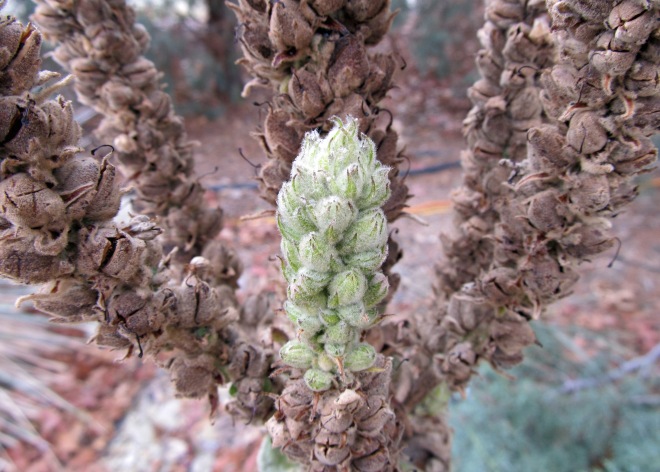






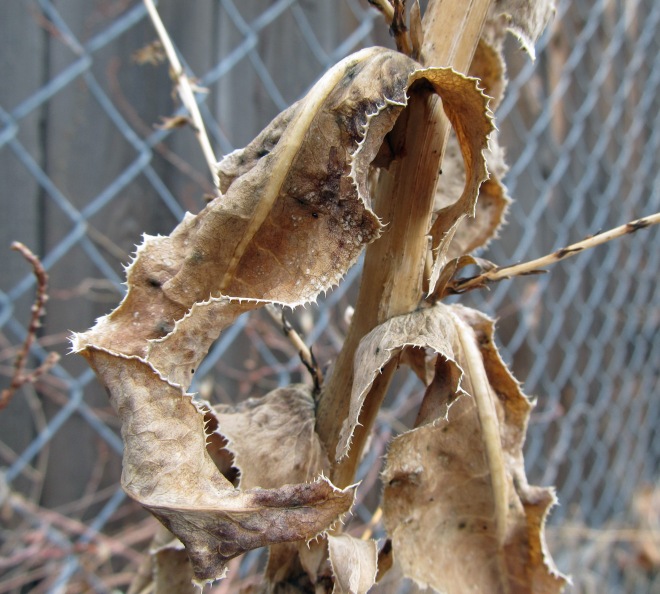

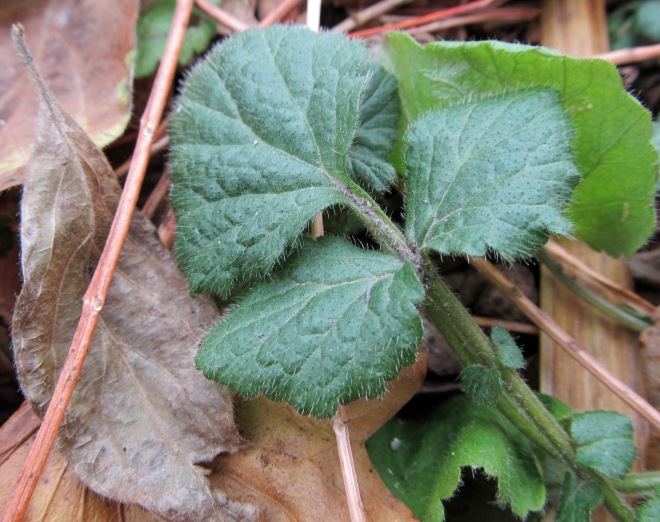
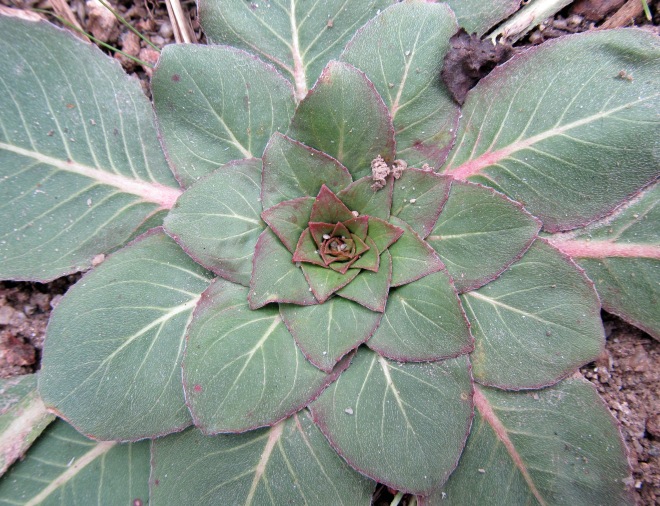

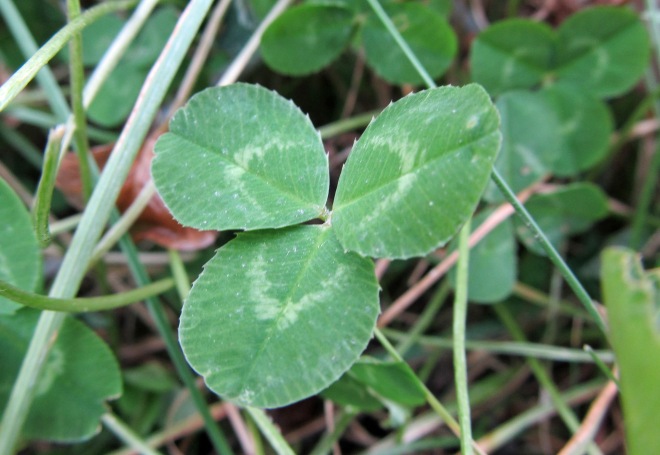
I’ve been noticing weeds differently this winter as I’ve been seeing them through my daughter’s eyes. As we go for our walks around the neighborhood it’s the dead sunflower, prickly lettuce, and Russian thistle stalks that catch her attention in an otherwise dreary landscape. They really do provide winter interest.
I love it! Thanks for sharing.
Gorgeous photos, interesting pieces of Winter beauty!